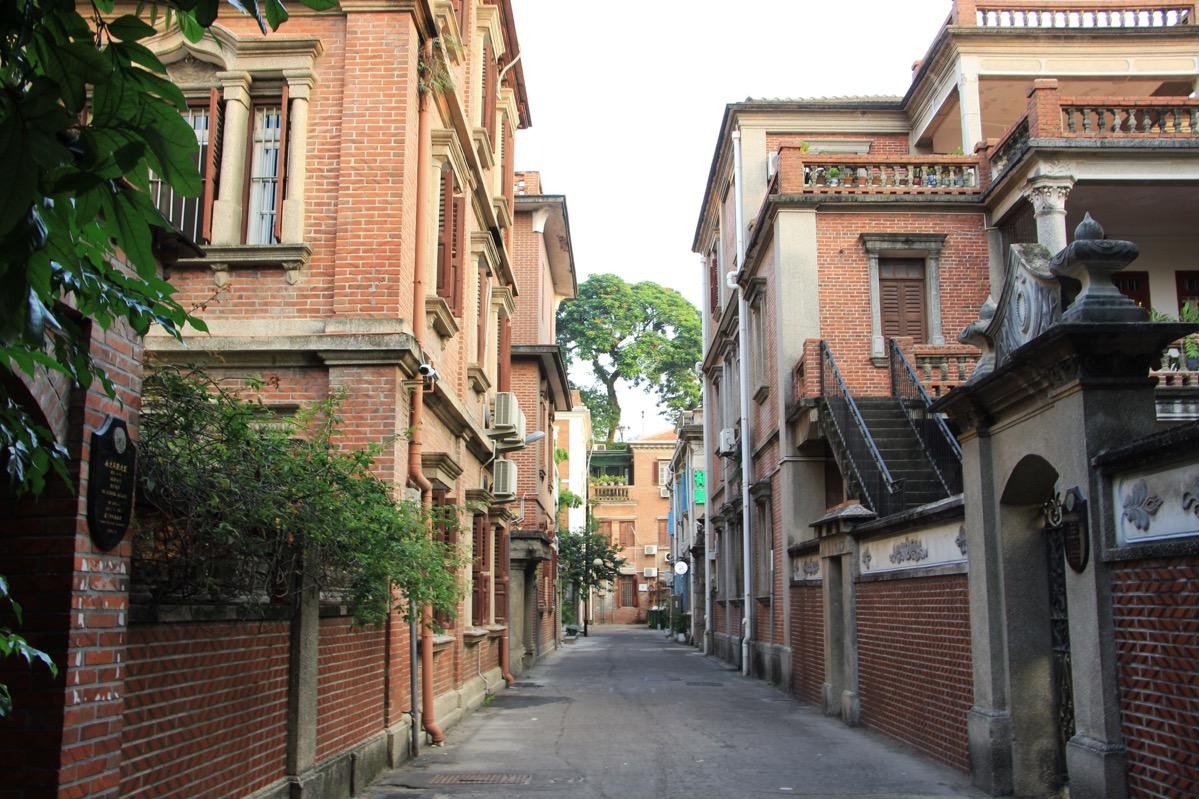Eastern and Western cultures converge in Gulangyu

The architectural characteristics and styles of Gulangyu embody the fusion of Eastern and Western cultures.
Gulangyu, known as Kulangsu, is a small island with an area of 1.88 square kilometers. During its application for World Heritage status, nearly 10 exhibition centers were built, including the Gulangyu History and Culture Exhibition Hall and Gulangyu Gallery of Foreign Artifacts from the Palace Museum Collection.
Visitors to the island are often entranced by the architectural styles from different countries. The combination of Eastern and Western cultures demonstrates Gulangyu’s unique value as a World Heritage site.
After the First Opium War (1840-42), Westerners put up many Western-style buildings at Gulangyu, including warehouses and churches, as well as infrastructure like roads and wharves. 13 countries established consulate institutions on the island.
Gulangyu officially became an International Settlement in 1903, attracting wealthy merchants from Fujian Province and Taiwan as well as overseas Chinese and cultural elite, who built villas and gardens here.
Architectural styles from overseas Chinese reflected the blending of Chinese and Western cultures as well. Today, there are nearly 2,000 historical buildings at Gulangyu. Road networks and municipal facilities are well preserved.
Wu Yongqi, an expert on Xiamen literature and history and also a researcher of Gulangyu history, said that the architectural characteristics and styles of Gulangyu embody the fusion of Chinese, Southeast Asian and European architecture and cultural values, influencing the decorative styles of south Fujian.
“At that time, Gulangyu was an international community composed of south Fujian locals, overseas Chinese and foreigners,” said Wu, adding that the blending of diverse cultures has created Gulangyu’s identity.
Gulangyu’s successful inscription has opened a big door to the world for itself. International cooperation of this heritage site will be greatly enhanced.
Fang Site, the curator of Gulangyu Organ Museum, has received and talked with UNESCO’s inspection experts in application for World Heritage. “I’m very proud of Gulangyu’s successful inscription. Now Gulangyu belongs to not only us but also the world. I hope the whole world will pay attention to and protect it,” said Fang.
